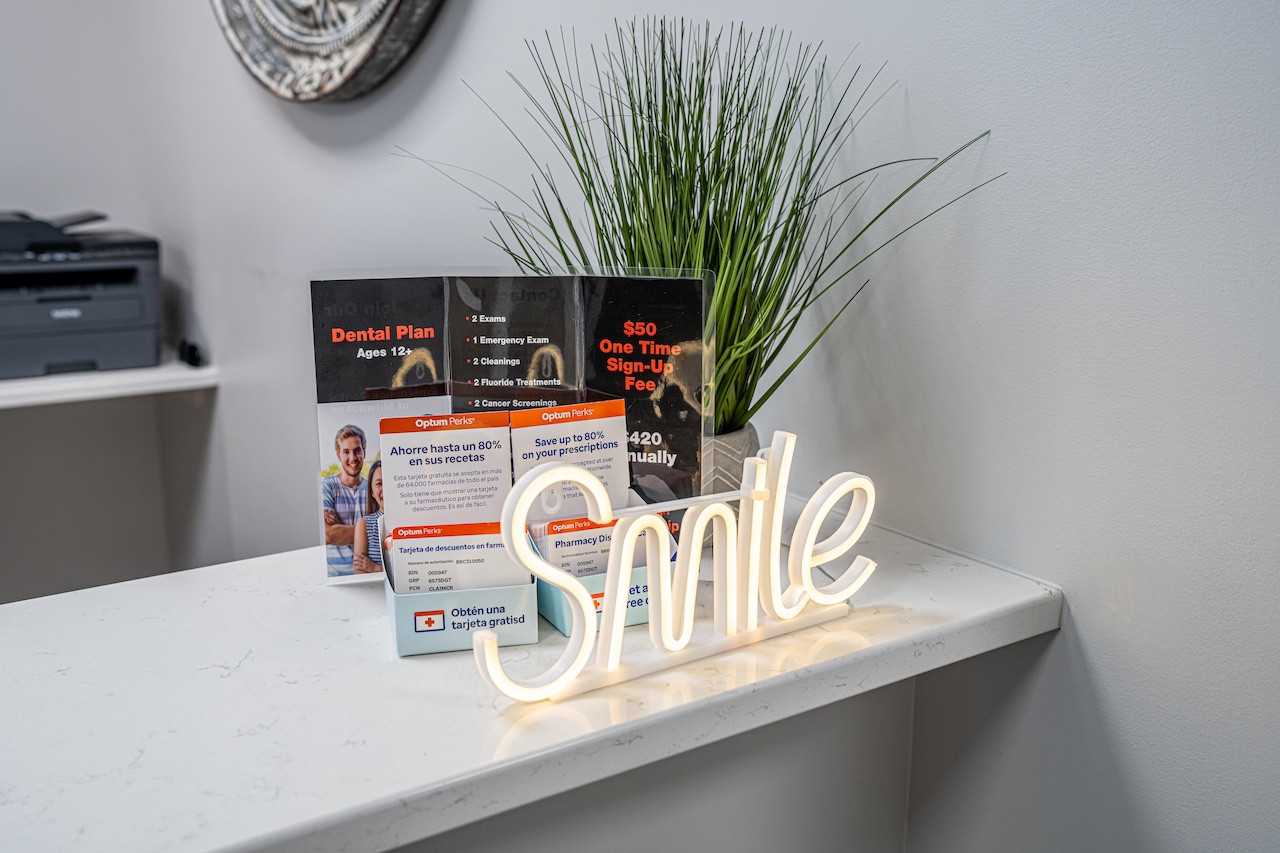Introduction: Emergency Dental Guide
Dental injuries can happen suddenly, making regular moments turn into emergencies. Acting fast with the right first aid is important. It helps ease pain right away and stops things from getting worse. Our guide will help you manage dental injuries at home until you can see a dentist. At Emergency Dental of Columbus, we’re here to help you in these urgent times. Our emergency dental guide gives you quick tips for care and gets you ready for professional help.
Common Dental Injuries
Dental emergencies vary widely, but most fall into a few common categories. Understanding these can help you better manage them before reaching professional care.
Tooth fractures often result from biting hard objects or accidents. They can range from minor chips to severe fractures reaching the tooth’s root. Identifying the extent of the fracture is crucial for determining the urgency of the care needed.
Tooth displacement occurs when a tooth is pushed out of its original position, often due to an impact. This type of injury may affect the tooth’s support structures and can be painful.
Tooth avulsion is one of the most severe dental emergencies. It happens when a tooth is completely knocked out of its socket. Immediate action is vital here, as the chances of saving the tooth decrease significantly with time.
Lastly, Soft Tissue Injuries in the mouth, such as cuts or lacerations to the gums, tongue, or cheek, are common and can cause significant bleeding. While they might seem less severe, proper care is essential to prevent infection and further complications.
These injuries require specific first-aid steps, which we will cover in the following sections.
Immediate First Aid Steps: Emergency Dental Guide
General Immediate Actions: The initial response can significantly influence the outcome when confronted with a dental emergency. The first step is always to stay calm. Assess the injury carefully without panic. Clean your hands thoroughly before touching the injured area or the mouth to reduce the risk of infection.
For Tooth Fractures
- Rinse and Preserve: Begin by gently rinsing the mouth with warm water to clean the area. If you find broken tooth fragments, save them in a clean container. These pieces might be useful for the dentist during the repair process.
- Swelling Management: Apply a cold compress to the cheek near the broken tooth to minimize swelling and alleviate pain.
For Tooth Displacement
- Gentle Repositioning: If the tooth is misaligned, carefully try repositioning it to its normal alignment using light pressure with your fingers. Do not force the tooth; this should be a gentle maneuver.
- Stabilization: Bite down softly on a piece of gauze or a clean cloth to prevent the tooth from moving until you can get professional help.
For Tooth Avulsion
- Correct Handling: Handle the avulsed tooth by the crown (the top part), not the root. Touching the root can damage cells, which is crucial for bone reattachment.
- Clean Gently: If the tooth is dirty, gently rinse it with water. Do not scrub or remove any attached tissue fragments.
- Reinsertion Attempt: Try to reinsert the tooth in its socket immediately. If successful, bite down on the gauze to hold it in place.
- Safe Storage: If you can’t reinsert the tooth, keep it moist by placing it in a container with milk or saline solution.
For Soft Tissue Injuries
- Cleaning: Rinse your mouth with a mild salt-water solution to clean the area and remove debris.
- Bleeding Control: Apply pressure to the injury site using sterile gauze or a clean cloth. Continue until the bleeding subsides.
- Swelling Reduction: Use a cold compress on your cheek or lips over the injured area to help control swelling and relieve pain.
Pain Management
Managing pain is a critical part of dealing with dental injuries. Over-the-counter pain relievers like ibuprofen can be effective. However, it’s important to avoid aspirin, as it can increase bleeding.
Protect the Injury
Temporary dental cement, available at most pharmacies, can be used to cover lost fillings or crowns. Until professional help is received, avoid chewing or applying pressure to the injured area.
Seeking Professional Help
Contact Emergency Dental of Columbus as soon as possible. Provide a concise description of the injury to receive specific advice on immediate actions. Follow any instructions given by the dental professional diligently.
Conclusion: Emergency Dental Guide
In conclusion, quick and appropriate first aid for dental injuries is crucial. It can make a significant difference in the outcome of these emergencies. Remember, Emergency Dental of Columbus is your partner in managing these urgent situations, committed to providing prompt, expert dental care when you need it most.
We also encourage you to join our community online! Follow us on Instagram and Facebook for more tips, updates, and insights into maintaining healthy gums and teeth. It’s a great way to stay informed and engaged with the latest in dental care.

